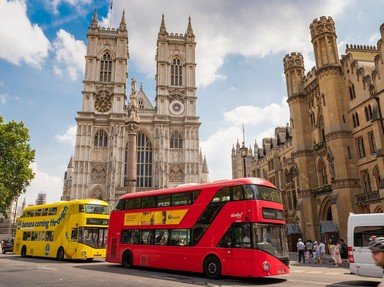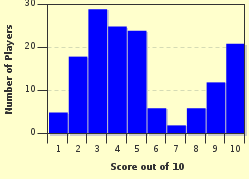Quiz Answer Key and Fun Facts
1. So you want to 'be beside the seaside'? Don't be misled by appearances! What does the last element of the place-name Battersea mean (etymologically, anyway)?
2. Which of these accurately describes the civil status of Battersea for most of its recorded history from the Domesday Book onwards?
3. Which famous English poet married his bride in St Mary's Church, Battersea?
4. In 1838 the London and South Western Railway opened its London terminus at Nine Elms and moved the terminus to Waterloo Station ten years later. In 1863 a major interchange station was established in Battersea. What is it called?
5. With industrialization and a relatively high proportion of skilled workers, Battersea acquired a reputation for political radicalism. In 1892 it was one of the first constituencies to elect a Labour MP. Who was it?
6. Battersea was the first borough in England to have a mayor of African, or part African heritage. When was he elected?
7. In 1922 Battersea elected a Communist to Parliament.
8. Battersea has some very unusual, not to say downright wacky street-names. Which of these is NOT a genuine Battersea street-name?
9. In 1891-94 a polytechnic college was established in the borough. In the second half of the 20th century it was expanded and upgraded to a university. Which of these did it become?
10. For a long time, Battersea (and especially the northern part of the borough, between the main railway line and the Thames) had a reputation for seediness, even sluminess. In which decade did the 'gentrification' of the area begin?
Source: Author
bloomsby
This quiz was reviewed by FunTrivia editor
Exit10 before going online.
Any errors found in FunTrivia content are routinely corrected through our feedback system.

